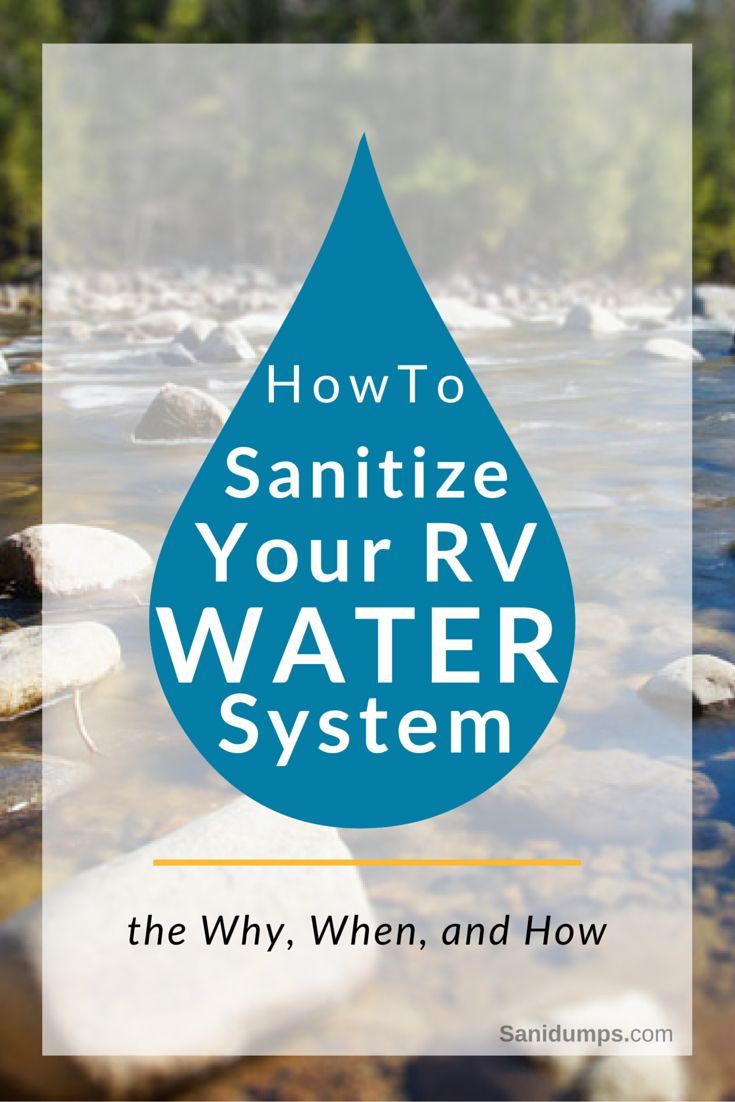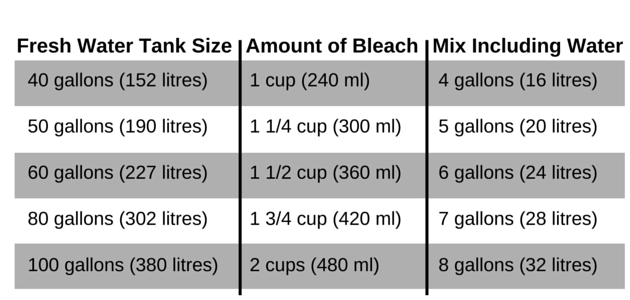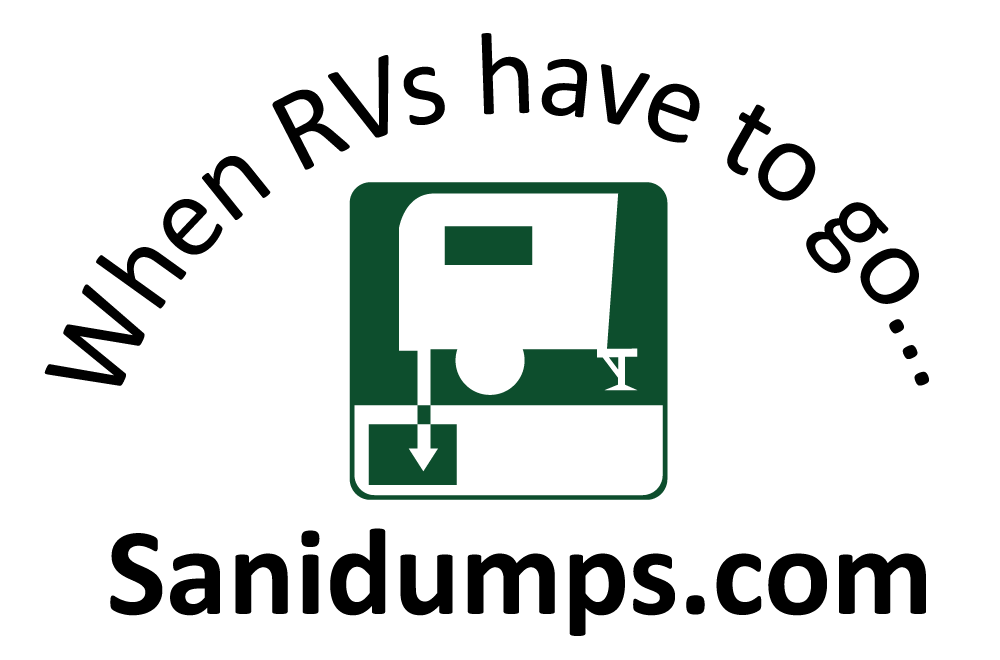


This article will cover the Why, When and How to sanitize your RV water system for the DIY (do it yourself) RVer.
Insuring clean, safe drinking water in your recreation vehicle is important to your health and requires sanitizing your fresh water system. Proper care and maintenance is a must.
If your RV has been sitting in storage, or has not been used for a while, the fresh water storage tank, hot water tank and water lines are a great place for bacteria to grow, and you don't want that to happen. In order to remove these problems from your RV, you should sanitize your water system.
The generally accepted method of sanitizing your RV's fresh water system as outlined below involves filling the fresh water system with a solution of household bleach and running the solution through the entire RV water system. Then letting it stand for at least four hours. Finally, flush the system to remove the bleach taste and smell.
This procedure is one you'll find in most books about RVing but be sure to read on to find out what we do.

Happy RVing!
Learn how to do a toilet paper test for a 'RV Friendly' brand of TP.
Learn the simple steps to dump your holding tanks successfully.

National Day Calendar
✔ Mark your calendar,
June 7 is
National RV Day,
Let's go RVing!
The type of recreational vehicle dump stations you will find on Sanidumps.com include: private, public, RV park, non-park, municipal, truck stop, rest stop, campground, camping, resort, commercial, pay, donation, waste disposal, and free.
It is important to dispose of human waste properly when RVing. The RV dump station, dump point, or sanidump station you choose to empty your gray and black water holding tanks is up to you; we're hoping that you will choose an approved dump station site that's green and environmentally friendly, using an environmentally sound method.
Do you need to know where to dump your holding tanks when your RV is on the road? Now you can know where the RV dump Stations are while traveling with a e-book. More information about the RV Dump Station location e-book.
Although efforts are made to make sure of the accuracy of the information presented, Sanidumps.com shall have neither liability nor responsibility to any person or entity with respect to any loss or damage caused, or alleged to be caused, directly or indirectly by the information contained here.
Sanidumps.com is not affiliated in any way with any place/location listed on this site. Fees are subject to change; availability and prices can and do change.
We thank all the RVers that have contributed information :-)
The Sanidumps.com Team
Serving the RV community for over 18 years
Sanidumps.com - When RVs have to go...™
© 2006 - 2024 Sanidumps.com - All rights reserved.
The content contained on this website may be used for personal reference only and may not be reproduced in any form without prior written consent permission from Sanidumps.com
Australia, Canada, Mexico, New Zealand, United States & more...